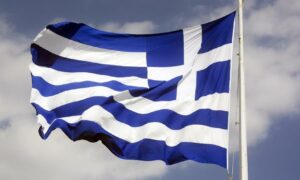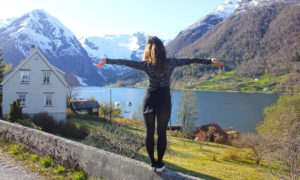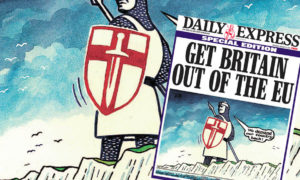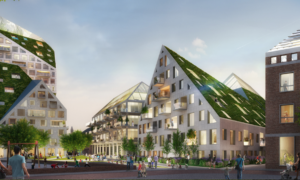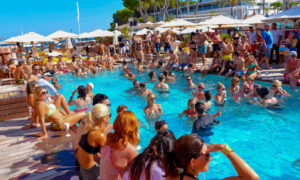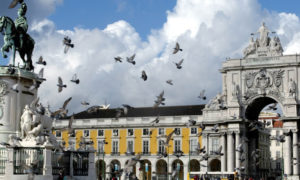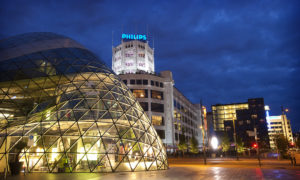Have you ever thought about living in Norway? I can’t say whether Norway is the country for you, but the advantages for us were the beautiful scenery, the long summer days and learning to cross-country ski. Due to a bureaucratic snafu, five of us were squeezed into a one-bedroom apartment when my family moved to Norway when I was young.
How did we survive? We spent a lot of time outdoors.
Here’s what it was like for my parents, brother, sister and me.

Beautiful scenery and urban landscape
We took advantage of Norway’s beautiful scenery (and public transportation) when we lived in Norway’s capital. Oslo is a very green city, with half of it being parks and forests. So even though it’s a major city with lots of concrete, it’s easy to spend time in nature. We explored the Old Town, urban public art and beautiful forests.
We hiked around the city and its islands and visited the Viking Ship Museum.
Daylight and darkness – living so far north
Because Norway is so far north compared to most other European countries (and most of the world), the short winter days were one of the things we noticed the most – how little sunlight we got, and – conversely – the very long summer days and how much daylight there was.
Oslo is at 60-degrees north latitude, approximately the same latitude as Stockholm, Helsinki and St. Petersburg – all significantly north of London, Frankfurt, and Krakow. On the shortest day of the year in Oslo, the sun rises at 9:18 a.m. and sets at 3:12 in the afternoon, for a total of less than six hours of daylight.
In Frankfurt, where I spent almost four years, the shortest days in the winter were a good eight hours. In Norway, on the other hand, from late June to early August, the nights never get completely dark, so if needed, put up some blackout curtains or prepare to get less sleep.
How to make life more fun
But what are you going to do if you need to live there or want to live there, as my family did when my father had a Fulbright Scholarship, as highlighted in an earlier post? Living at 60 degrees north latitude or farther north may be as significant an adjustment for you as it was for us. Still, there are ways of dealing with it.
Luckily, numerous activities exist for both snowy and sunny days.
Winter solutions
Learn to cross-country ski. If you’ve ever wondered why the Norwegians are so good at winter sports (and do so well at the Winter Olympics), it’s because they start doing them at a very early age.
In Norway, children learn to cross-country ski almost as soon as they can walk.
Another wonderful thing about Norway is that you can also do night skiing because they have lighted trails. My sister was too little to ski, but the four of us ventured out. My brother and I (under five) went skiing while my sister was in my dad’s backpack.
We stayed closer to home during the winter months. Still, we enjoyed our time. We strolled through the streets of Oslo to marvel at the beautifully decorated shop windows during the Christmas season. My parents read Norwegian books to us, and we mastered essential Norwegian words and phrases and learned many folk songs. We also ventured to Holmenkollen to watch ski jumping and Lillehammer, where the Winter Olympics had been held.
My mother became a great knitter and took weaving and RYA knotting classes, which meant we were the lucky recipients of handmade woolen slippers, beautiful wall hangings, and colorful pillows. To find authentic Norwegian items or inspiration for winter craft activities, look at Norges Husflidslag – The Norwegian Folk Art and Craft Association.
If you have kids, bundle them up and put them out to play or in their baby buggies as the Norwegians do. Alternatively, buy a full-spectrum lamp if you are prone to Seasonal Affective Disorder (SAD).
Long summer days
Since long summer days are a chance to make up for the short winter ones, Norwegians spend as much time outside as they can, even doing simple things such as lounging in the parks or lying out by the lakes.
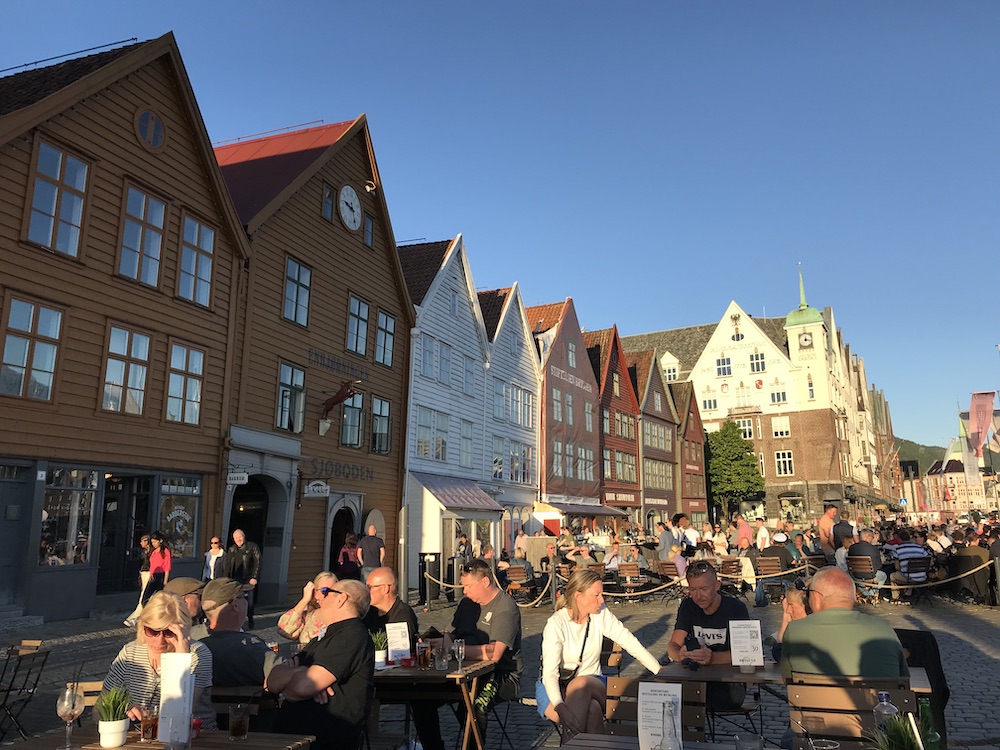
FLÅM VALLEY, BERGEN, TRONDHEIM, TROMSØ: THE FJORDS AND THE MIDNIGHT SUN
To take advantage of the lengthy days and warmer weather, we adventured west and north to see other high points Norway is known for, like rural houses with thatched roofs, animals and wildlife, fjords, and the midnight sun.
First, we took the train from Oslo through the beautiful Flåm Valley to Bergen, the gateway to the Norwegian fjords, where we spent some time. We then journeyed north on the Finnmarken coastal ship to the historic city of Trondheim, now Norway’s capital of technology. (At some point, we changed ships in the middle of the fjords, which was thrilling).
After Trondheim, we headed further north on another boat to the Arctic capital of Tromsø. Tromsø was where we got to experience the midnight sun, which meant the sun was shining all night. My father stayed up to watch a softball game while the rest of us slept.
Twenty-four hours of daylight is a lot!
For more information on what the seasons and climate are like, you can check out this link.

High cost of living
You may have heard that Nordic countries are expensive. On a recent trip through Scandinavia, my brother and sister-in-law noticed that Norway was the costliest compared to Denmark, Sweden and Finland as far as tourist purchases went. However, they mentioned that if you have a Norwegian salary (Norway’s median household income is about 71,000 euros annually), your higher cost of living would be offset by your higher wages (and excellent benefits).
Comparing Oslo with other cities, Oslo was ranked as the 11th most expensive city in the world by CNN.com/travel in 2021; however, Paris, Zurich, Geneva, and Denmark were ranked higher for European cities as well as Tel Aviv, Singapore, Hong Kong, New York, Los Angeles, and Osaka for the rest of the world.
Basically, Oslo is not so expensive if you are a good earner and Norwegian but hellish for a normal tourist.
EUROPEAN ECONOMIC AREA AND NORWEGIAN KRONER
Norway is part of the European Economic Area, but not the European Union. However, Norway participates in many EU programs and cooperates on foreign and security policy issues. Their currency is the Norwegian Kroner. Also, Norway is a Schengen member state, allowing free movement within the 27 member countries’ borders, which includes most of mainland Europe.
Check out this link for more info on the EEA and Norway.
THE LOCAL – NORWAY
If you are considering moving to Norway, I highly recommend viewing The Local for Norway. It addresses many essential topics clearly and comprehensively.
DIGITAL NOMAD IN NORWAY
For information on being a Digital Nomad in Norway, see this post on Dispatches Europe.
Mary Porcella is a Europhile who has lived in Germany, Norway, Italy, and the U.S. She is a writer, editor, and photographer. She loves seeing new places, returning to old haunts, and meeting up with family and friends. As of today, her travels have taken her to 20 European countries, and she hopes to visit the rest.






